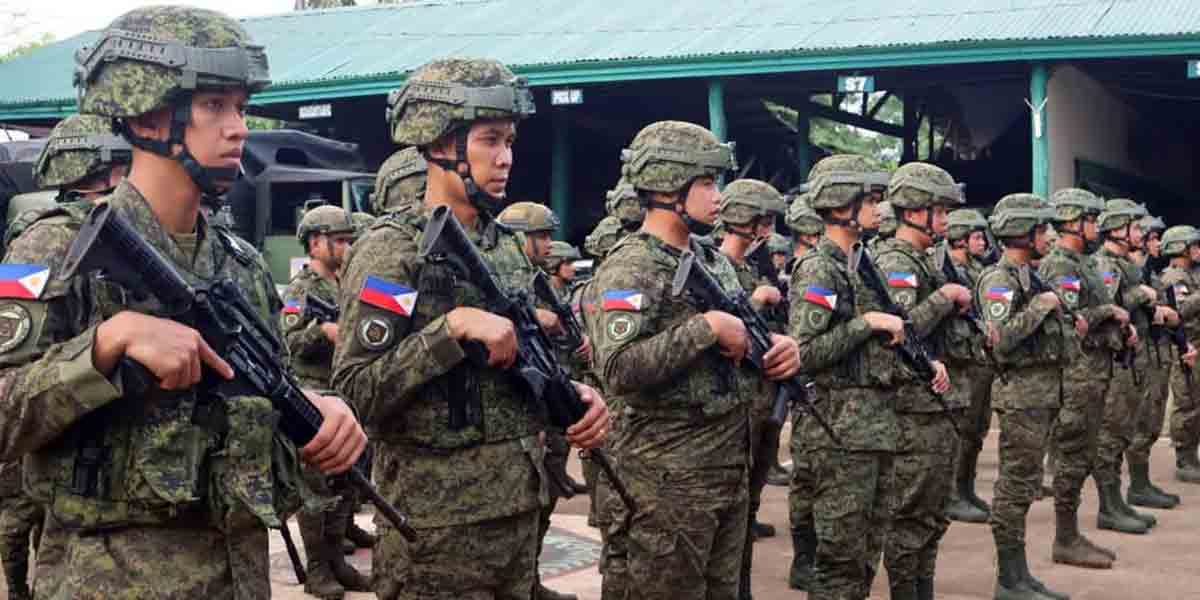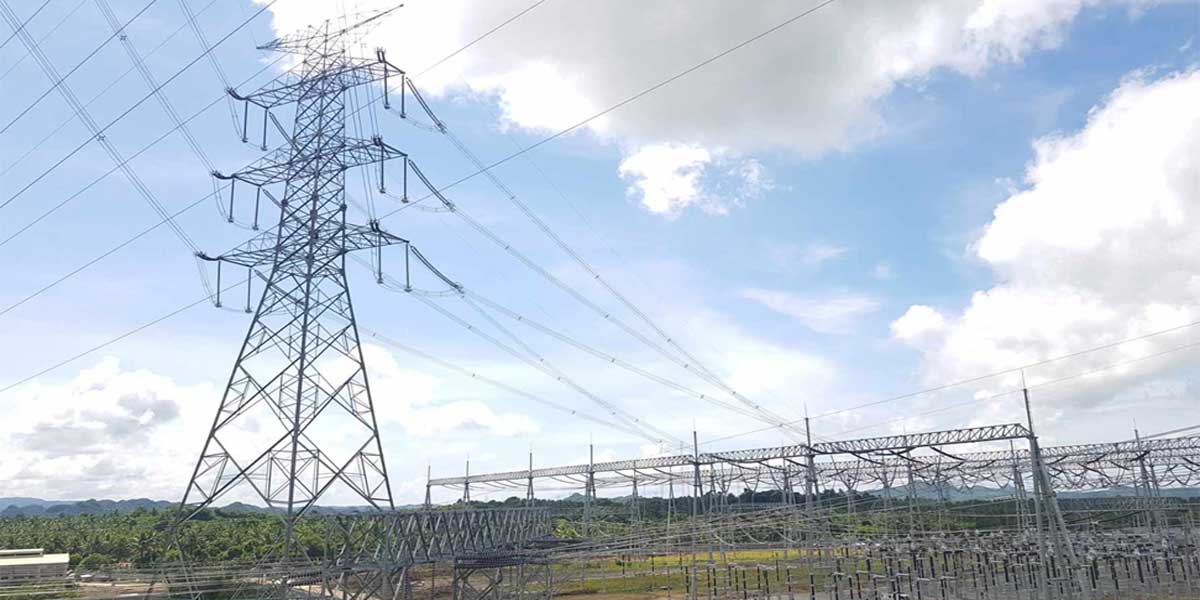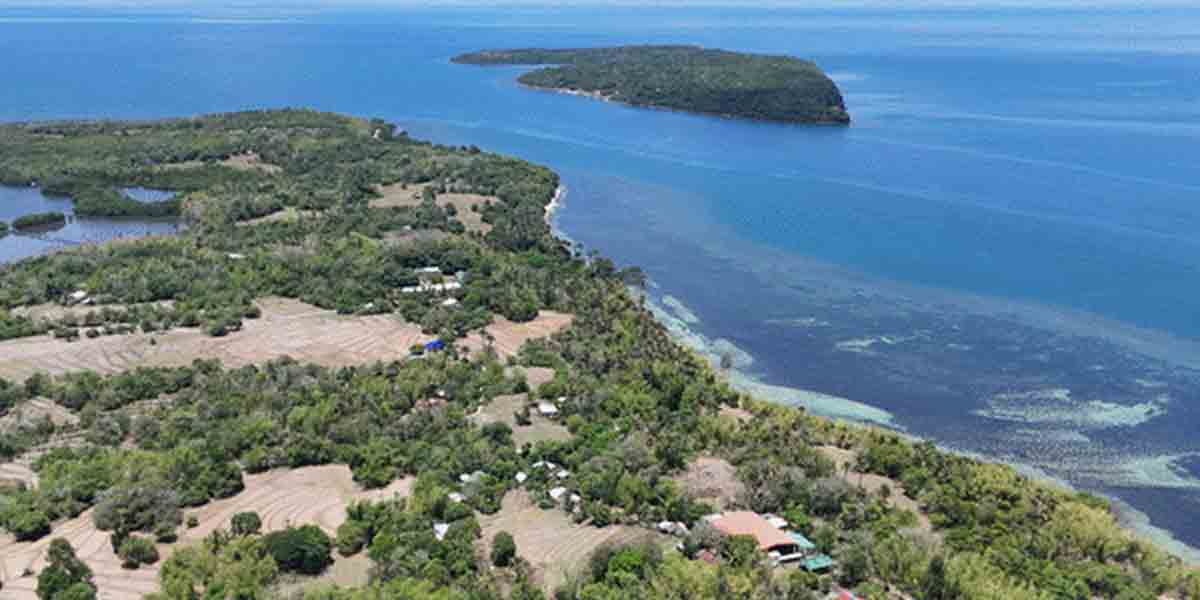By Jennifer P. Rendon
Iloilo City, a highly urbanized city in the Visayas, continues to be one of the safest places in the country.
Colonel Joeresty Coronica, Iloilo City police chief, made the assurance following a recent report by collaborative online database Numbeo that cited the city as among the top 10 cities with the highest crime index in Southeast Asia.
Coronica emphasized that the actual numbers tell a different story.
Numbeo reported that Iloilo City’s crime index is 41.1, the ninth highest in Southeast Asia, following Manila (64.7); Kuala Lumpur (61.8); Phnom Penh (55); Jakarta (52.7); Ho Chi Minh (51.9); Cebu (51.6); and Pattaya (45.1). Bangkok is tenth with 39.8.
“The report should be taken with a grain of salt,” Coronica said.
He noted that Numbeo is a user-generated database with limitations, and its reliability should be approached with caution. Numbeo’s crime index is based on user perceptions, which often differ from official government statistics.
According to Numbeo, the crime index estimates the overall level of crime in a given city or country, categorizing crime levels as follows: very low (below 20), low (20-40), moderate (40-60), high (60-80), and very high (above 80).
The Philippine National Police (PNP) categorizes crimes differently by using “index crimes” for eight focus crimes – murder, homicide, rape, physical injury, robbery, theft, motor vehicle theft, and motorcycle theft – and “non-index crimes” for violations of special laws such as illegal gambling and drug offenses.
These categories form the peace and order index (POI), while the POI and public safety index (PSI), which includes vehicular accidents and other incidents, make up the total crime volume.
The PNP gauges the safety of an area using the average monthly crime rate (AMCR), calculated by dividing the crime volume by the population and multiplying by 100,000.
This formula measures the ratio of crime to every 100,000 residents. The PNP typically measures the crime rate over several months to determine the AMCR.
For Iloilo City, the AMCR for index crimes from January to May 2020 is 6.41, slightly higher than last year’s 6.0.
Including non-index crimes or ICPO’s accomplishments in the campaign against special laws, the AMCR stands at 30.11, up from last year’s 27.85.
When all crimes, including traffic incidents, are considered, the AMCR reaches 91.28, an increase from last year’s 70.61, primarily due to a higher number of vehicular incidents reported in the first five months of the year.
Coronica also highlighted that the baseline population used to calculate the AMCR is 496,259, the registered population of Iloilo City.
However, the city’s daytime or floating population exceeds one million. If the floating population is considered, Iloilo City’s AMCR for index crimes would be even lower, he added.
“Somehow, that database is painting a negative picture of Iloilo City that doesn’t represent the true situation,” Coronica said.
He also questioned the perception that some Metro Manila cities are safer than Iloilo City.
Ultimately, Coronica stressed the importance of relying on studies supported by facts rather than mere perceptions from unknown respondents.
He also noted the need to consider how many cities are included in the perception-based data.


















